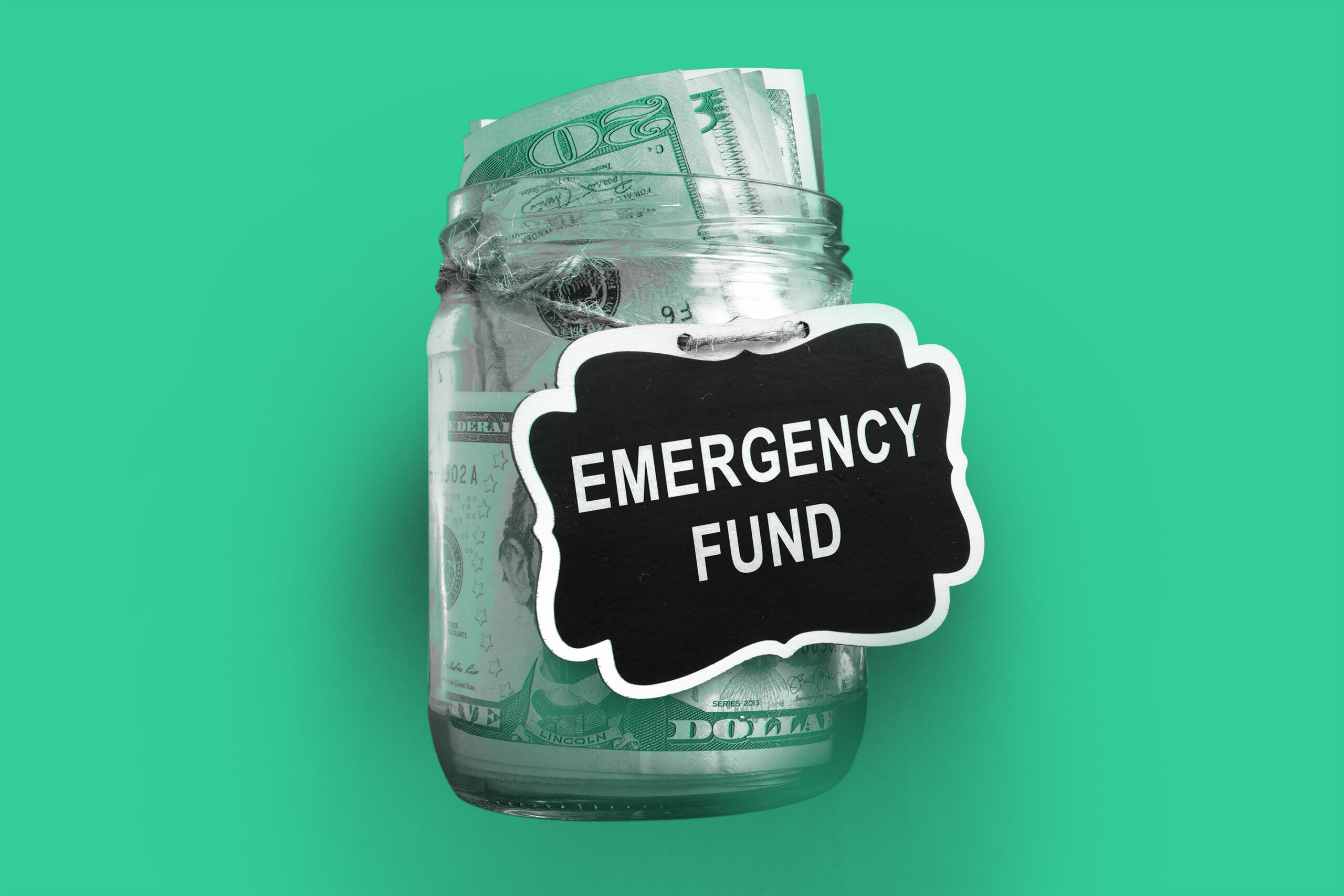In today’s uncertain economic climate, the importance of maintaining an emergency fund cannot be overstated. An emergency fund acts as a financial safety net, designed to cover unexpected expenses such as medical emergencies, sudden job loss, or urgent home repairs. The critical question that often arises is: How much is enough when setting aside money for these unforeseen events?
The conventional wisdom suggests that an ideal emergency fund should cover three to six months’ worth of living expenses. This guideline provides a buffer that allows individuals to navigate through difficult times without the need to incur debt.
However, determining the exact amount depends on various personal factors, including job security, health status, lifestyle, and financial obligations. For someone with a stable job and few dependents, three months might suffice, whereas someone in a more volatile industry, or with significant family responsibilities, might aim for a more robust safety net.
Additionally, the rise of gig economy jobs and freelance work has introduced new variables into the equation of financial planning.
Those with irregular income streams may benefit from setting aside a larger emergency fund to accommodate the fluctuating nature of their earnings. Moreover, the recent global events, such as the pandemic, have underscored the necessity of being prepared for extended periods of economic instability.
Understanding how to calculate the right amount for an emergency fund, and the best strategies for building and maintaining this fund, are vital skills for financial resilience.
As we navigate through unpredictable economic landscapes, the security provided by an adequately funded emergency reserve becomes not just a financial strategy, but a cornerstone of peace of mind.
Strategies for Building an Emergency Fund in a Low-Income Household
Building an emergency fund is a fundamental aspect of financial planning, even more so for low-income households, where a financial shock can have more severe repercussions.
For families managing on a tight budget, creating a safety net requires careful strategy and disciplined saving practices.
One effective strategy is to prioritize expenses. This involves distinguishing between essential and non-essential costs.
Essentials like rent, groceries, and utilities must be prioritized, while discretionary spending on entertainment, dining out, or luxury items can be reduced. Every dollar saved from these cuts should be redirected into the emergency fund.
Another practical approach is automating savings. Even small amounts, such as $5 or $10 per paycheck, can accumulate over time. Setting up an automatic transfer to a savings account ensures that the money is saved before it can be spent elsewhere. This “pay yourself first” philosophy is crucial in building savings consistently.
Additionally, low-income households can explore ways to generate additional income. This might include taking on part-time work, freelancing, or selling unused items in the home. Any extra earnings from these activities should be funneled directly into the emergency fund.
Budgeting tools can also play a significant role. Utilizing apps or spreadsheets to track income and spending can help identify areas where expenses can be further reduced. Visualizing spending and savings growth can also provide motivation to continue saving.
Lastly, taking advantage of community resources designed to support low-income families can free up resources that can be allocated to an emergency fund. Whether it’s food banks, utility assistance programs, or subsidized healthcare, reducing necessary spending through these supports can make a significant difference in the ability to save for emergencies.
By implementing these strategies, even households with limited resources can build a financial buffer to protect against unexpected financial challenges.
The Psychological Impact of Having an Emergency Fund
The psychological impact of having an emergency fund extends far beyond mere financial security; it profoundly influences mental health and overall life satisfaction. In a world where uncertainty is often the only certainty, an emergency fund represents a tangible form of security that can significantly reduce stress and anxiety associated with financial instability.
Financial experts often tout the practical benefits of having savings set aside for emergencies, but the emotional and psychological benefits are equally substantial. Knowing that one has a financial cushion can provide a profound sense of peace and control.
This buffer against unforeseen financial shocks allows individuals to make decisions from a place of strength rather than desperation, contributing to a more stable and less stressful daily life.
Conversely, the absence of an emergency fund can exacerbate stress and anxiety, particularly during times of economic downturn or personal financial crises. The stress of living paycheck to paycheck, with no safety net, can lead to chronic anxiety, which may affect overall health.
The constant worry about potential financial ruin can hinder one’s ability to focus at work, enjoy social interactions, or invest in personal growth.
Moreover, the mental load of financial insecurity can strain relationships, lead to poor health choices, and decrease overall life satisfaction. The presence of an emergency fund might also influence one’s resilience, providing psychological assurance that can help individuals bounce back more quickly from setbacks.
In summary, an emergency fund does more than safeguard financial health; it protects and enhances mental well-being, offering not just a monetary buffer but also peace of mind.
This dual benefit underscores why building and maintaining an emergency fund is a crucial aspect of not only financial planning but also personal and mental health management.
Conclusion
In conclusion, the significance of establishing an emergency fund is a fundamental aspect of sound financial planning, pivotal not only for economic stability but also for personal well-being.
Determining “how much is enough” for an emergency fund varies significantly based on individual circumstances, including income stability, monthly expenses, and personal or familial obligations. Generally, aiming to save at least three to six months’ worth of living expenses is advised, providing a robust buffer that can help navigate through unexpected financial disruptions without undue stress.
The process of building this fund requires discipline and foresight, often necessitating adjustments to spending habits and budgeting strategies. It’s essential for individuals to evaluate their specific needs and adjust their savings goals accordingly, perhaps setting aside a larger reserve if their income is irregular or if they are responsible for multiple dependents.
Ultimately, the peace of mind that comes from having a well-funded emergency reserve cannot be overstated.
It not only ensures financial security but also contributes significantly to mental and emotional health, reducing anxiety and allowing individuals to focus more on living their lives rather than worrying about potential financial crises. Therefore, consistently contributing to and maintaining an emergency fund is a crucial strategy that enhances both financial and personal resilience.
Did you like the content? Activate notifications so you don’t miss any news on our blog. See you next time!







